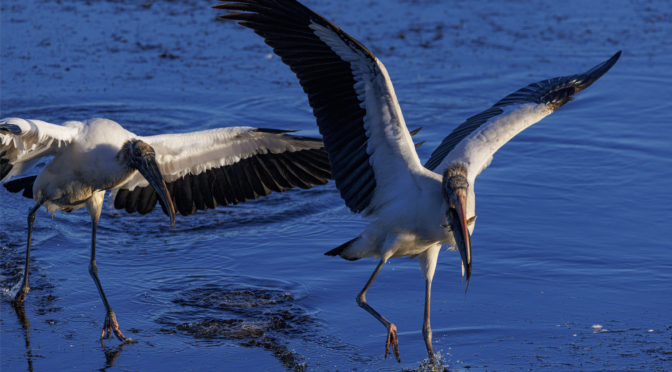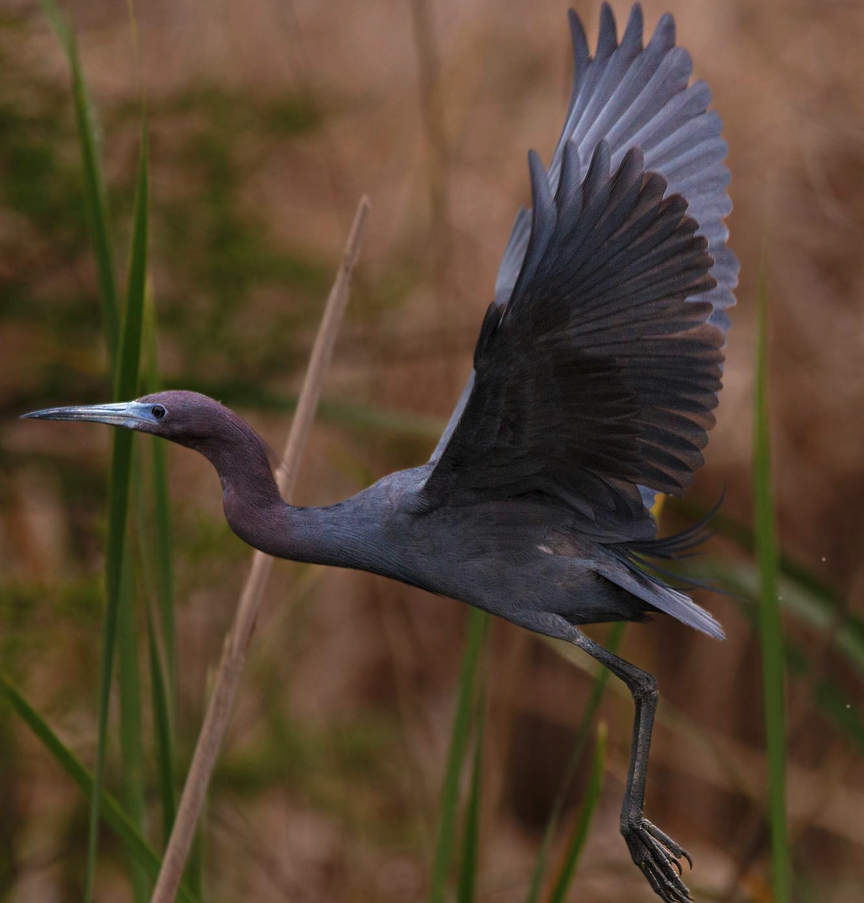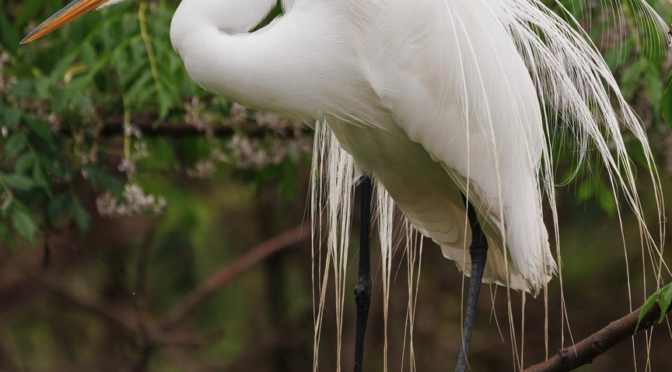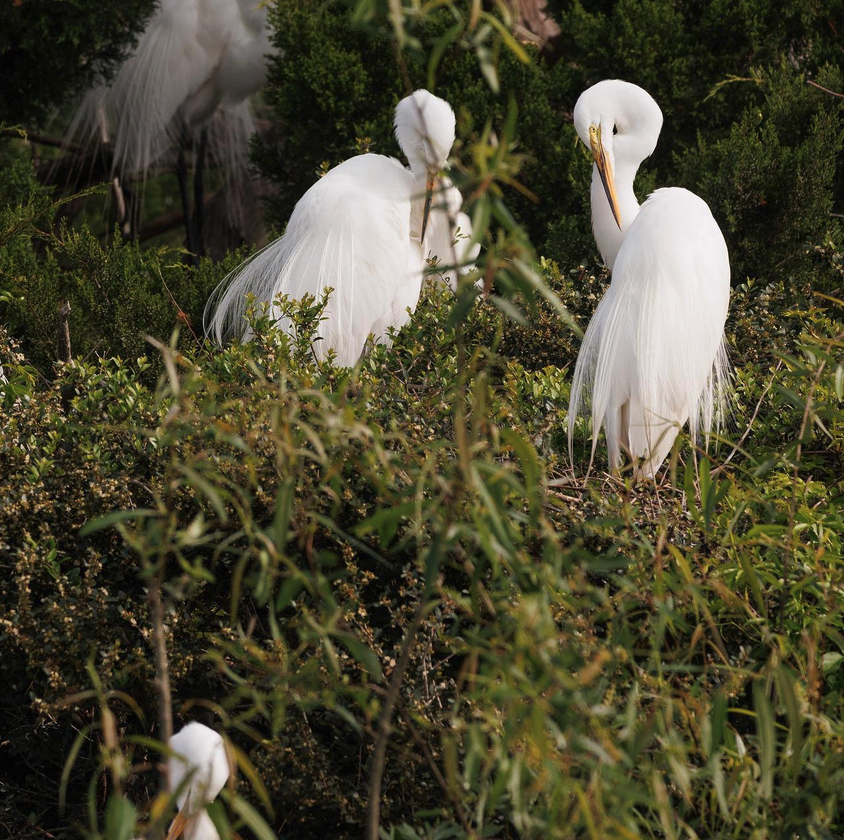By Sally Siko
Here is a bird I was excited to find last year while birding Huntington Beach State Park in South Carolina, a Saltmarsh Sparrow. I’d never seen one before so it was awesome to finally see and photograph these cute little bird up close while sitting on the jetty.

One of the more interesting things I’ve learned about Saltmarsh Sparrows regards their unusual breeding system. Unlike most songbirds, the males do not defend territories, rather they move around large areas of a marsh, singing to attract females. Both sexes are promiscuous, and no pairs are formed; males take no part in caring for the eggs or young.
The range of a Saltmarsh Sparrow extends from Maine down to Florida on the east coast of the United States. Here in the Carolinas they are best found in our coastal areas during the winter months. They can be tough to spot though since they tend to hide in the tallest grass. That being said, they do respond well to pishing techniques and will occasionally pop out of the grass to offer a quick look before diving back down into the grass. The best time to try and find one of these little feathered gems is during periods of high tide, when they are forced off of the mud flats to perch on the grass itself.

Generally I’m pleased with these first sighting photos but I’m eager to return to Huntington Beach State Park to lead my next tour tomorrow.
Lol I guess I’m never satisfied so I’d like another crack at getting some better shots.
By the way, I’ve added 80 new tour dates to my 2024 birding trip schedule including locations right here in South Carolina.
Check the calendar to view all of my trips!



































